Books
Reinforcement Learning: Theory and Python Implementation
强化学习:原理与 Python 实现
2023/07/01
Reinforcement Learning: Theory and Python Implementation — The first RL tutorial book with TensorFlow 2 implementation
《强化学习:原理与 Python 实现》(2019) — 世界上第一本配套 TensorFlow 2 代码的强化学习教程书,中国第一本配套 TensorFlow 2 代码的正式出版物
《强化学习:原理与 Python 实战》(2023) — 世界上第一本配套 TensorFlow 和 PyTorch 对照代码的强化学习教程书
Reinforcement Learning: Theory and Python Implementation is a tutorial book on reinforcement learning, with explanation of theory and Python implementation.
- Theory: Starting from a uniform mathematical framework, this book derives the theory and algorithms of reinforcement learning, including all major algorithms such as eligibility traces and soft actor-critic algorithms.
- Practice: Every chapter is accompanied by high quality implementation based on Python 3, Gym, and TensorFlow 2, fully compatible with Windows, MacOS, and Linux.
Version
- English version of this book was written by Zhiqing Xiao, and published by Springer in 2023.
- Simplified Chinese version of this book was written by Zhiqing Xiao, and published by China Machine Press in Jul. 2023.
- Simplified Chinese version of this book was written by Zhiqing Xiao, and published by China Machine Press in Aug. 2019.
Source Codes
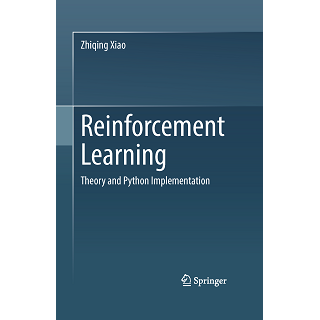
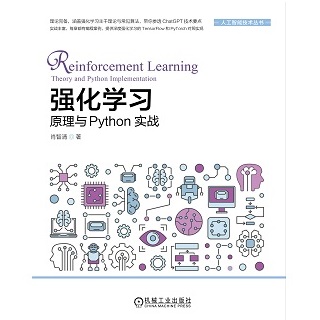
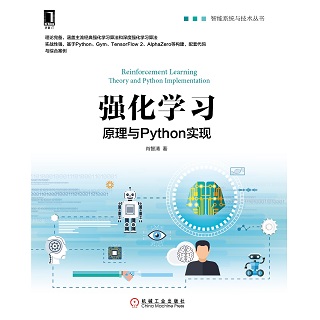
Application of Neural Network and PyTorch
神经网络与 PyTorch 实战
2018/08/01
Application of Neural Network and PyTorch — The first hard-copy tutorial book on PyTorch 1
《神经网络与 PyTorch 实战》 — 世界上第一本 PyTorch 1 纸质教程书
Application of Neural Network and PyTorch is an introductory tutorial on artificial neutral networks. It covers the fundamental theory of tensors and artificial neutral networks, as well as the implementation with PyTorch API.
- Theory: Without preparatory knowledge of advanced mathmatics, this book leverages the concept of tensor to efficiently cover all important theoretics basis on neural networks.
- Practice: This book leads you to deploy PyTorch 1 in your favorate OS (Windows or macOS), and use the concise PyTorch APIs to build neural networks for your application in a super easy way.
Version
- Simplified Chinese version of this book was written by Zhiqing Xiao, and published by China Machine Press in Aug. 2018.
Source Codes
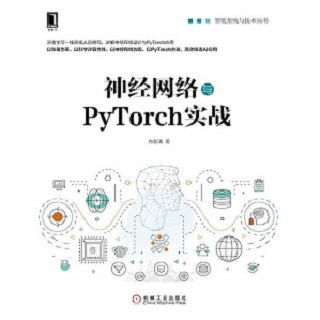
Realtime Web Apps with HTML5 WebSocket, PHP and jQuery (Chinese Version)
构建实时 Web 应用:基于 HTML5 WebSocket、PHP 和 jQuery
2013/12/10
Realtime Web Apps: With HTML5 WebSocket, PHP, and jQuery is a guide for beginner- to intermediate-level web developers looking to take the next leap forward in website and app development: realtime.
With Realtime Web Apps, you'll be able to quickly get up to speed on what HTML5 WebSocket does, how it is going to affect the future of the web as we know it, and — thanks to Pusher's simple API — start developing your first realtime app today.
Only lightly touching on the heavy theory and instead focusing on a practical approach, Realtime Web Apps will guide you through building your first app using HTML5, CSS3, jQuery, and Pusher. After your initial introduction to the technologies used in the book, you'll immediately jump into the process of creating a realtime Q&A app that will work on desktop browsers as well as mobile phones (including iOS and Android).
In addition to learning realtime development strategies, you'll also learn progressive development strategies including responsive CSS3 layouts, AJAX development with jQuery, and more.
The future of the web is realtime. Grab your hoverboard.
(Quoted from the website of the book)
Versions
- English version of this book was written by Jason Lengstorf and Phil Leggetter, and published by Apress in 2013.
- Simplified Chinese version of this book was translated by Zhiqing Xiao, and published by China Machine Press in Oct. 2013.
Source Codes
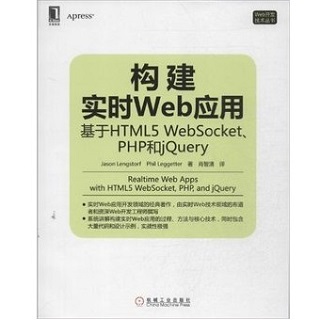
Java Programming: A Comprehensive Introduction (Chinese Version)
Java 7 程序设计入门经典
2013/07/01
Java Programming: A Comprehensive Introduction is designed for an introductory programming course using Java. This text takes a logical approach to the presentation of core topics, moving step-by-step from the basics to more advanced material, with objects being introduced at the appropriate time. The book is divided into three parts:
- Part One covers the elements of the Java language and the fundamentals of programming. An introduction to object-oriented design is also included.
- Part Two introduces GUI (Graphical User Interface) programming using Swing.
- Part Three explores key aspects of Java's API (Application Programming Interface) library, including the Collections Framework and the concurrency API.
(Quoted from the website of the book)
Versions
- English version of the book was written by Herbert Schildt and Dale Skrien, and published by McGraw-Hill Education in Jan. 2012.
- Simplified Chinese version of this book was translated by Zhiqing Xiao, and published by China Machine Press in July 2013.
Source Codes
